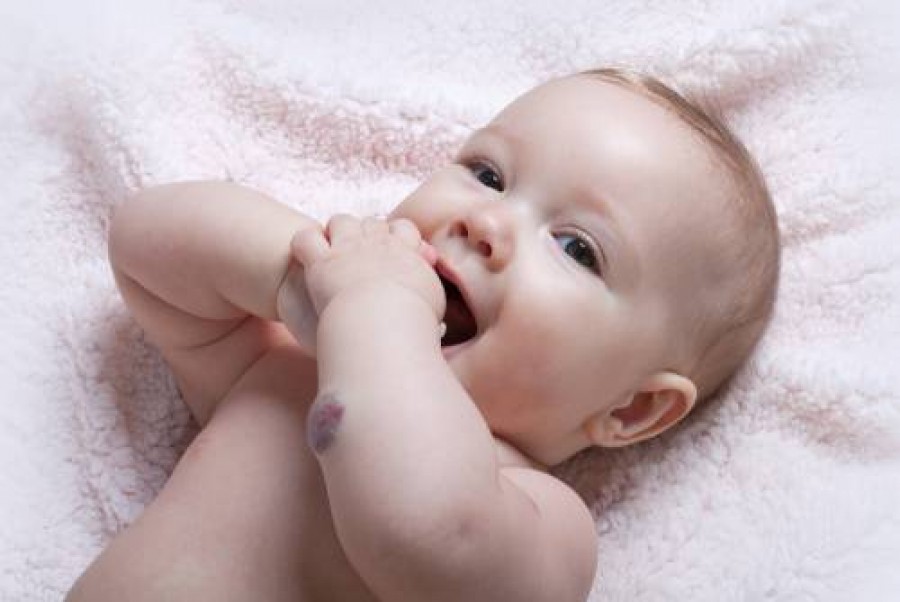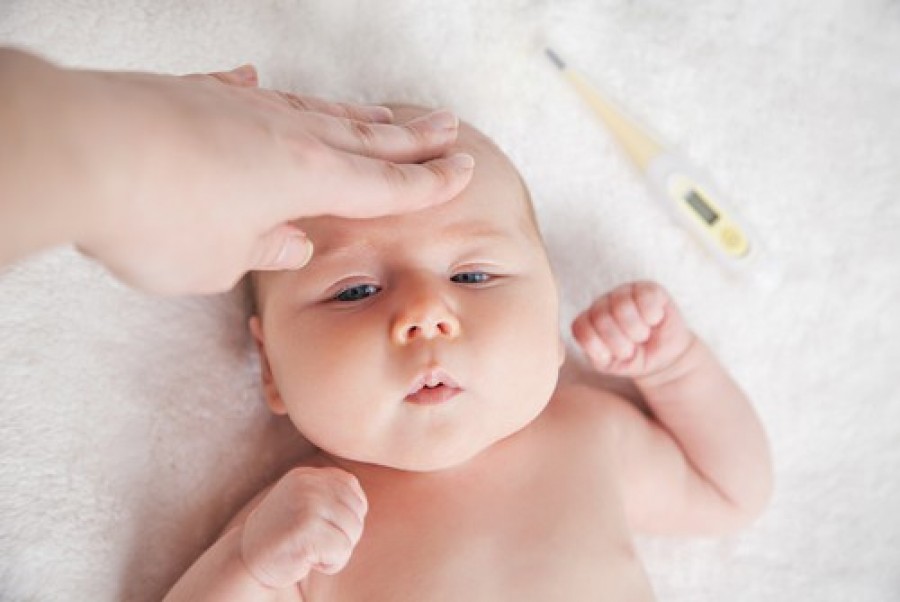Common Birthmarks

One of the most beautiful things about the world we live in is that everyone has something that makes them unique. Each physical characteristic gives individuals a different appearance and body feature. This makes for a wonderfully diverse world.
From brown eyes to green, from red hair to black, and everything in between, there are no two people who look exactly the same. Even identical twins have their differences and unique characteristics, despite coming from the same embryo.
Aside from the colour of facial features and skin tone, there are other physical things that make people unique. Things like freckles and moles add different characteristics to people, whether they love them or hate them! Another one on this note are birthmarks.
Some people are born with birthmarks and some are not. Birthmarks are basically a collection of blood vessels under the skin. The colour can vary from red or pink to a brown blemish like appearance. These are called vascular birthmarks and they are quite common at birth. Sometimes they fade, other times they stick around on the skin adding a little bit of unique character.
In some rarer cases, birthmarks need to be surgically removed if they are at risk of growing. Other birthmarks, which are called hemangiomas develop a few weeks after birth.
Here are some of the most common types of birthmarks on babies and where they are most likely to appear.
Cafe au Lait
Named after a French style coffee for its look and colour, this type of birthmark appears on the skin in a brown or tan colour. They can pop up anywhere on the body, but are most common on the hips or arms. They tend to grow as the baby grows and rarely fade.
This is the birthmark that is most commonly referred as a beauty spot as it blends in with the skin tone and is normally quite subtle. Sometimes one or two cafe au lait spots will appear. They are generally harmless and don’t need to be removed.
Congenital Nevus
This is a birthmark that is a larger, darker coloured spot that more resembles a mole. It tends to appear on the scalp or around the bottom area. It is quite common at birth and the size does vary. Sometimes they can cover very large areas, but most likely they’ll just be a few millimeters.
While this birthmark is harmless when it first develops, it can be a sign of a vulnerability to skin cancer as the child gets older. For this reason, many doctors will want to check this type of birthmark and run some tests. Sometimes it is removed as a precautionary measure so that it doesn’t cause any damage to the cells.
Slate Gray Nevus
This is little tiny birthmark that is more often than not mistaken for a bruise. It is generally a bluish or grayish colour and appears around the lower back, the ankles, and wrists in most cases. There is a higher likeliness of this birthmark appearing in children who have Asian, Latino or African heritage.
Most of the time, this birthmark is entirely harmless. There are not many cases where it will need to be treated or removed. It is sometimes called a Mongolian spot, perhaps for its prevalence in Asian society.
Port Wine Stain
As the name suggests, this birthmark is the colour of port wine. It can range in colour tone from pink to red and it does tend to get darker in shade as the baby grows. This birthmark is rather common on the facial area, which can be an aesthetic problem for some people. Most of the time the birthmark is flat although there are some cases where the skin raises slightly around the area.
Since the location of this birthmark can cause emotional discomfort and distress over the physical appearance, there are many types of treatments to remove the birthmark. For instance, laser therapy is commonly used. Of course, this is a personal choice if the person chooses to remove it or not.
Salmon Patches
Sometimes called salmon patches, other times called stork bites or angel kisses, this birthmark of many names is a little pink or red spot or patch. The most commonly found place of these ones is on the back of the neck or around the hairline. Sometimes they will appear on the eyelids or in between the eyes.
This birthmark develops as a result of the capillary blood vessels on the face been too close together. Most of the time, this birthmark will fade as the child gets older and there is no harm associated with it. Some people choose to get it removed due to facial aesthetics if it is still prominent in adolescence and adulthood.
Birthmarks make individuals even more unique. Of course, not everyone likes having a birthmark on their body. Some people have them in places where they can easily cover them or they aren’t noticeable. Other people, with more obvious birthmarks on their face, choose to have them surgically removed.
The most common types of birthmarks listed usually aren’t dangerous or harmful in anyway. If there are any problems with a birthmark, consulting with a doctor and getting professional advice is the way to go.



